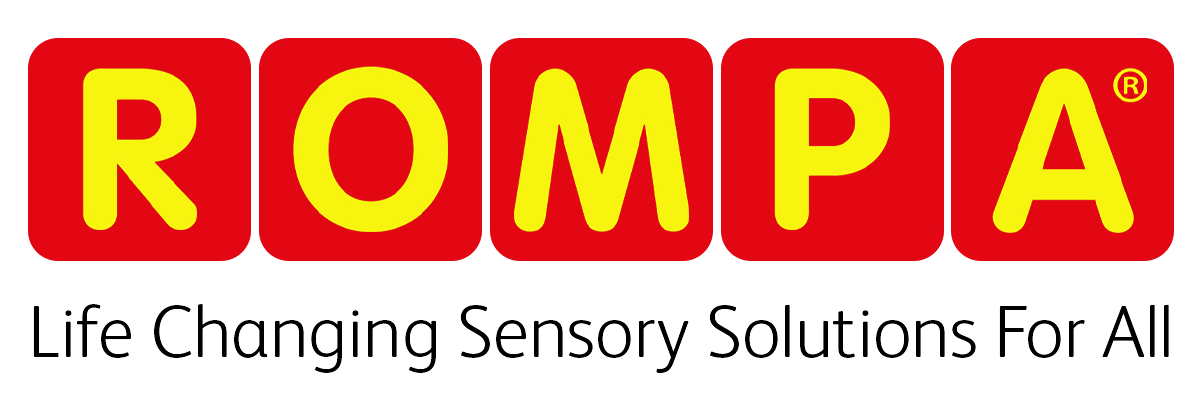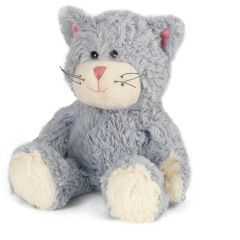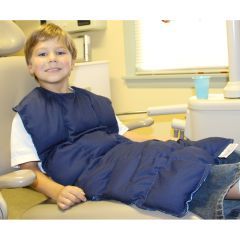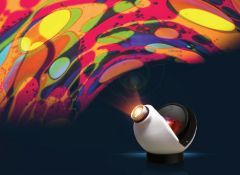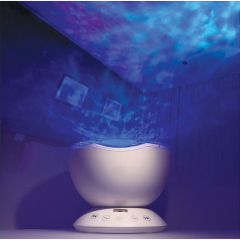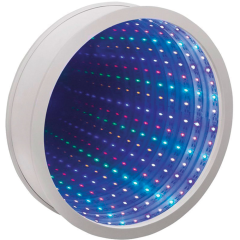Going to the Dentist
What is Snoezelen®
The word Snoezelen® derives from two Dutch words; Snuffelen (to seek out) and Doezelen (to relax). It was originated in Holland in the early 1980s as a concept of recreation and relaxation for disabled adults leading to a landmark publication by Ad Verheul and Jan Hulsegge in 1987 referring to the “Snoezelen” approach.
Initially Snoezelen® and Multi Sensory rooms and products had no other purpose than enjoyment, however over the past 35 years their use has extended to assist all ages and ability levels.
Snoezelen® environments are very similar to Multi Sensory Environments (MSE) and are alike in look and feel in many ways. However, only Rompa® can provide a true Snoezelen® environment. We believe that it is the use of the environment and the Snoezelen® principle which is far more important than the products in it.
Aroma Products
Snoezelen® for Dentistry
In a dental practice managing anxiety and pain can be an issue, particularly when working with young children, as well as those who have learning difficulties, cognitive impairment such as memory loss and mental health disorders. The use of Snoezelen® equipment in the waiting room will create a feeling of calm and will help those who are anxious to relax. The equipment will also provide a distraction prior to treatment and a rewarding experience post treatment. A Snoezelen® space may include a bubble tube for visual stimulus, a tactile panel to interact with and gentle music (Shapiro et al., 2007).
- Reduce Anxiety and Agitation (Collier et al., 2010)
- Increase Awareness (Poza et al., 2012)
- Reduce Perception of Pain (Scholfield, 2002)
In the treatment room carefully placed visual equipment such as the effect wheel or Laser Sky Projector will help distract the individual when they are in the treatment chair. The use of music with a slow tempo possibly via headphones, to block out clinical sounds, will help reduce heightened arousal and subsequently influence feelings of anxiety (Collier et al., 2010). The use of a weighted blanket will also reduce feelings of anxiety through deep pressure touch (Mullen et al., 2008). The Snoezelen® equipment can be adapted for each individual thereby offering a person centred approach to your care.
Tactile Products
What can cause Dental Anxiety?
Understanding the issue can help reduce the problem
For many people, visiting the dentist can be a very uncomfortable or a traumatic experience. For some anxiety can become an extreme phobia, resulting in them never visiting a dentist at all. The most common fears include:
- Smell - The olfactory sense is very powerful and emotive. For some, this can trigger anxiety within the dental environment.
- Sight - How you are dressed and how your equipment looks can all contribute to the patients anxiety.
- Touch - The feeling of someone putting fingers or instruments in the mouth can be overwhelming.
- Sound - The sound of a high pitch drill or other specialised equipment can strike fear into a person.
- Injections - “Needle phobia, also known as a fear of needles, is a fear of medical procedures that involve needles or injections. It is very common, affecting at least one in 10 people.”
- Embarrassment - This is often due to poor dental status or perceived neglect.
Weighted Products
How can we help?
While we cannot cure the phobia, using sensory products can make the experience less traumatic
Visual Products
Linda Messbauer
M.A., OTR/L




